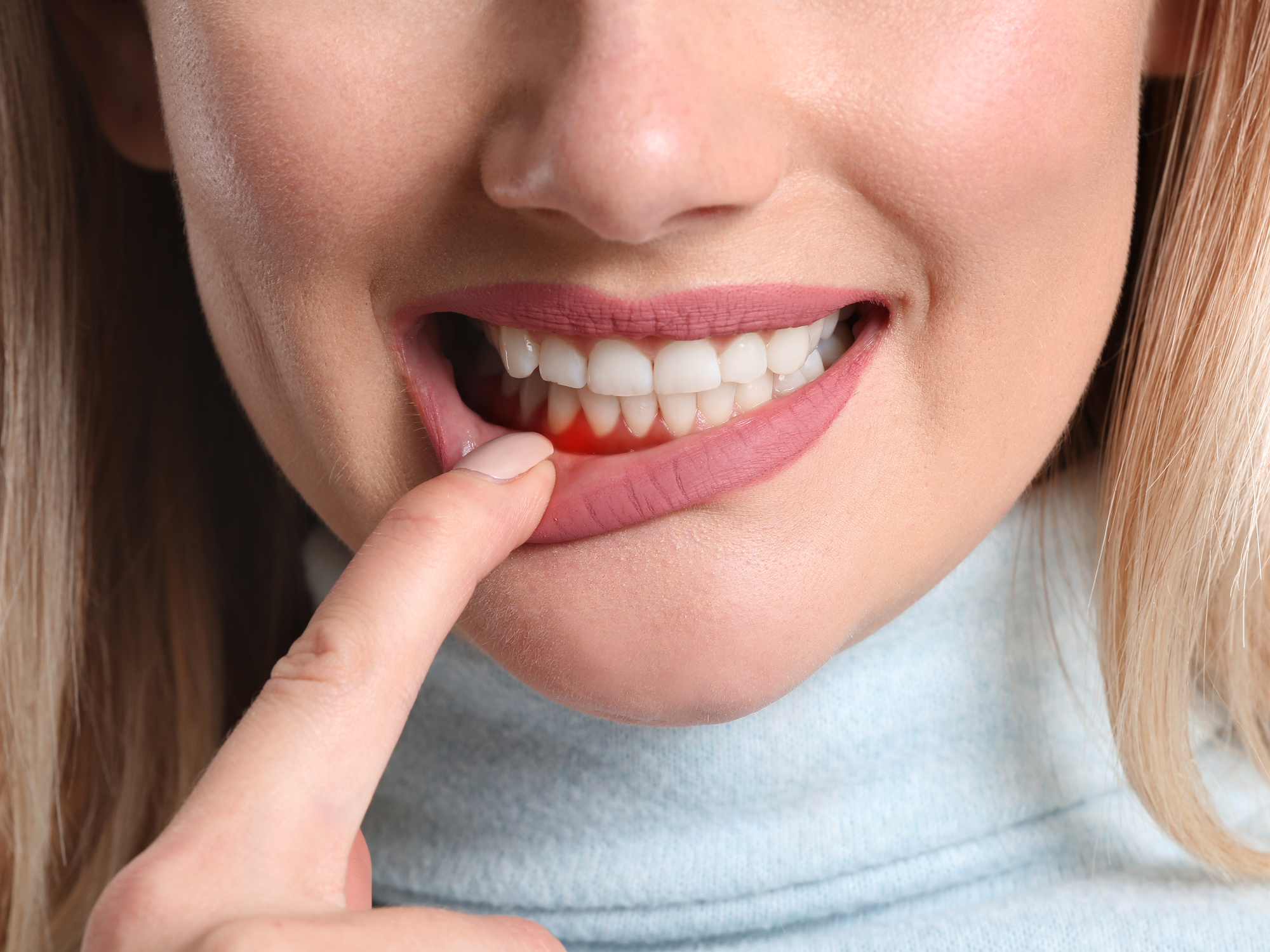
Periodontal disease, also called gum disease or periodontitis, is not a condition that only affects the elderly. Younger people, including teenagers, can get it as well. It can cause both embarrassing and serious problems, such as tooth loss and pain.
What Is Periodontal Disease?
This is a progressive oral condition and one of the primary causes of tooth loss among adults. It is a serious gum condition resulting from the inflammation and infection of the gums and bones that support your teeth. Known as gingivitis in its early stage, this disease causes gums to swell and turn unnaturally red. It can also cause your gums to bleed.
Periodontitis is a more serious form of gum disease characterized by the pulling away of gums from the teeth. This may cause teeth to loosen or fall out due to lost bone tissue. This is why tooth decay and periodontal disease are the two biggest threats to your dental health.
Types of Periodontal Disease
Several types of gum disease are linked to systemic diseases, including chronic, aggressive, necrotizing, and periodontitis. Each of these conditions has specific symptoms and distinct characteristics. All of them, however, require immediate treatment by a dentist to stop subsequent tissue and bone loss.
Common Signs and Symptoms
One of the most important things you need to understand is that gum disease can progress without presenting any signs or symptoms. This is why you need to undergo regular dental exams. If you notice any of the symptoms outlined below, you need to consult a periodontist or general dentist as soon as possible.
Halitosis or Bad Breath
Bad odor can originate from the back of your tongue, stomach, lungs, tobacco use, or the food you eat. However, it can also stem from old food particles and bacteria underneath your gumline or between your teeth. If you have deep gum pockets, they will accommodate more bacteria and debris, causing bad breath.
Inexplicable Bleeding
Do you bleed when you eat certain foods or clean your teeth? If you do, you need to consult your dentist. Bleeding gums are one of the most common signs of a gum infection. A bacterial infection caused by plaque can make your gum tissue more prone to bleeding.
Change in Bite Pattern or Loose Teeth
These are signs of rapidly progressing gum disease. Due to the gradual destruction of the bone tissue supporting your teeth, you will notice a shift in the position of your teeth, in addition to them becoming loose.
Swelling, Redness, or Pain
If you have swollen, red, or painful gums, a gum infection may be present. You need to do everything possible to stop the progression of the periodontal infection before it reaches your jawbone and gum tissue. It is also important to treat the infection before it spreads to your bloodstream and other areas of your body.
According to a report by the CDC, about 47 percent of adults 30 years and above have some form of gum disease. Your chances of developing this dental condition can increase with age. According to the same report, more than 70 percent of adults 65 years and above have periodontal disease. It is more common in men than women, current smokers, and those living below the poverty line.
To learn more about periodontal disease, visit John K. See, DDS, at our office in Camarillo, California. You can call (805) 920-8600 today to schedule an appointment.










